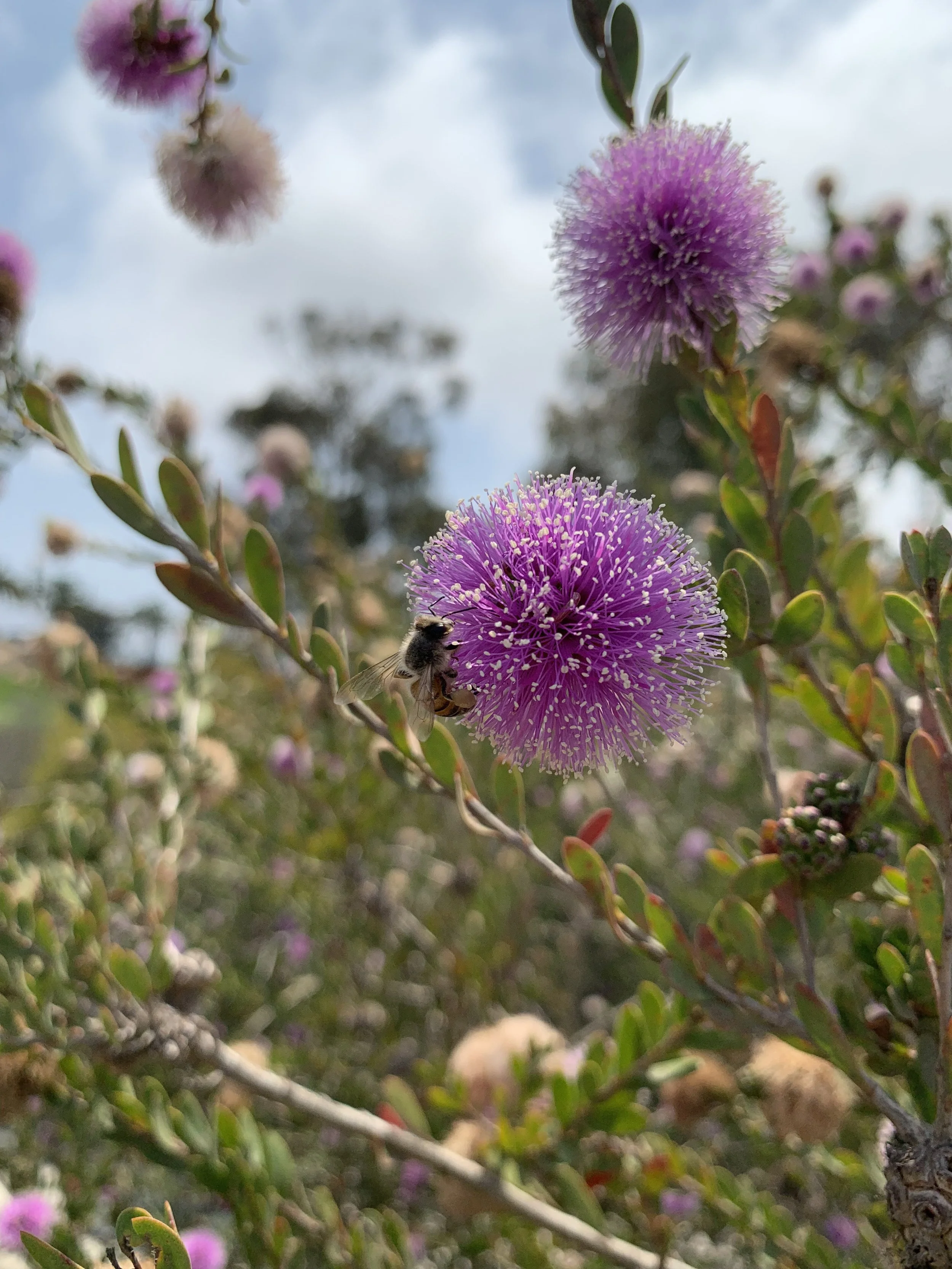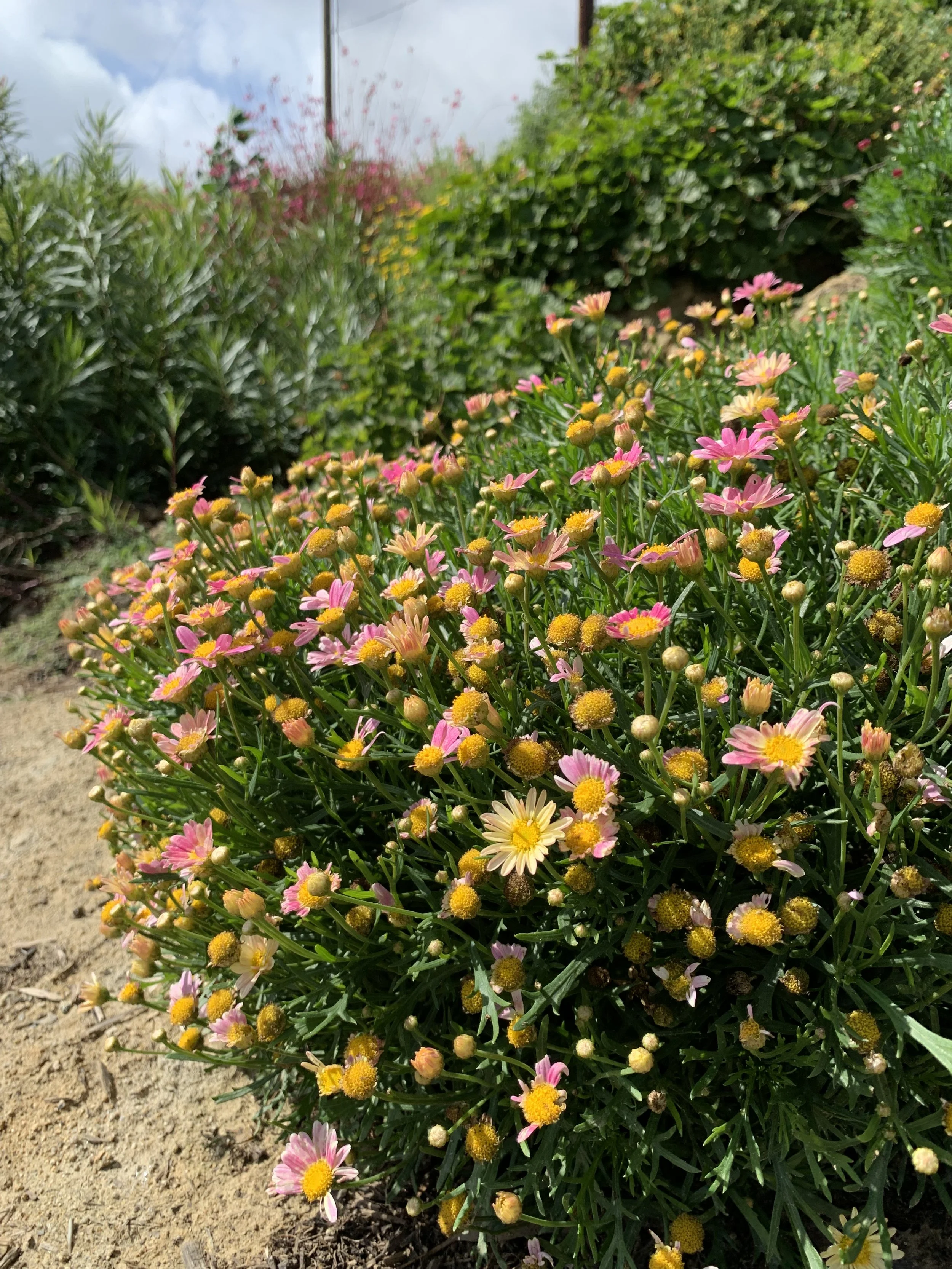Flowers
A well-managed golf course can play a crucial role in enhancing support for native flower populations and providing spaces for native species to thrive. Through thoughtful landscaping and conservation efforts, golf courses can contribute to biodiversity and act as sanctuaries for local flora and fauna.
-
Incorporating native flowers into the golf course landscape is key. Native plants are adapted to the local climate, requiring less maintenance and providing essential resources for local wildlife.
Planting a variety of native flowers supports pollinators such as bees and butterflies, contributing to the overall health of the ecosystem.
-
Designating areas as wildflower meadows or naturalized zones allows native flower species to flourish. These areas can be managed with minimal intervention, fostering a diverse array of plant life and providing habitat for insects and small animals.
-
Implementing pollinator-friendly practices, such as reducing the use of pesticides and herbicides, ensures a healthy environment for native flowers and the insects that depend on them for pollination.
Creating nesting sites for native bees and other pollinators further supports the reproduction and survival of these crucial species.
-
Planning and maintaining habitat corridors or green belts within the golf course landscape help connect fragmented ecosystems. This connectivity facilitates the movement of wildlife, promoting genetic diversity and resilience.
-
Golf courses can engage in educational initiatives to raise awareness about the importance of native flowers and their role in supporting local ecosystems. This may include signage, workshops, or partnerships with local environmental organizations.
-
Designating specific areas as biodiversity hotspots allows for concentrated efforts in preserving and enhancing native flora. These hotspots can showcase the beauty and ecological value of local plant species.
By embracing native plantings, adopting pollinator-friendly practices, and promoting habitat connectivity, golf courses can transform into landscapes that not only offer recreational opportunities but also serve as vital contributors to the conservation of native flower populations and the overall biodiversity of the region. Responsible land management practices are essential to ensuring the success of these efforts.
Read More.



















